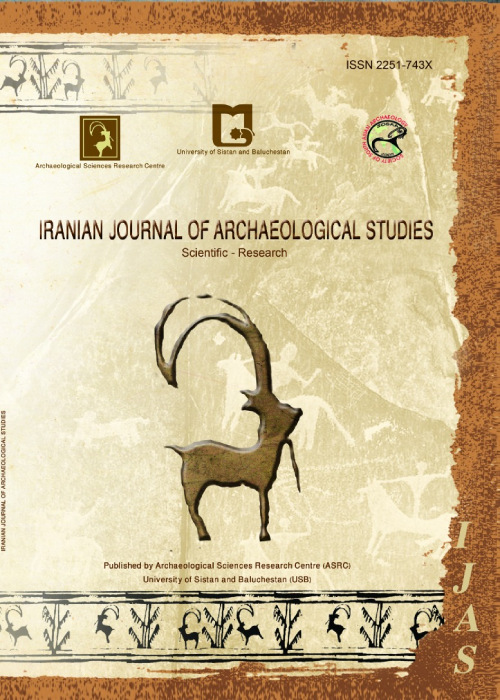The Role of Monumental Structures in the Genesis of Routes in the Medieval Islamic Bijar (Garrus) Region
Monumental structures are certainly the most common public buildings in Islamic architecture, being second only to mosques. Eight such structures were recorded during the survey of Bijar County of eastern Kurdistan province. These monumental buildings tend to share common plans and building materials. Given their position on the routes linking northwestern and western Iran as well as their proximity to the major political centres of Maragheh, Soltaniyeh and Takht-e Soleyman, these buildings, apart from a memorial function, perhaps beaconed caravans along the regional routes. Yet, these structures largely remain unaddressed by any systematic work. The main objective of the present study is to publish these buildings so as to give a more refined picture of the regional route networks in the Islamic period. The comparisons and discrepancies detected between these structures in the study area and the nearby regions, notably the Zanjan plain, characterized by environmental and cultural settings almost identical to the Garrus region, can be of great help in this regard. Accordingly, the questions considered here are: 1) What factors played a role in the emergence of these monuments in the region? 2) How did previous architectural traditions affect their formation? And, 3) To what extent are these buildings effective in reconstructing the ancient routes, and where in the region do they find comparisons in form and building materials? Social, religious and political factors have informed the development of towers in the region during the Seljuk and Ilkhanid rules. Adjacency to major coeval political centres, safety of the routes thanks to vigorous local rulers, and favorable environmental conditions (access to water and the presence of numerous villages along the routes) are the most remarkable of such factors. Previous traditions and modeling on earlier standing towers from the historical (Sassanian) and Islamic periods played a notable part in the construction of the regional guidance towers. Affinities to the standing structures in the neighboring regions, including the Khoein Tower, the mausoleum of the Prophet Qeydar, the tomb tower at Kahriz Siah Mansur (Ijrud) in Zanjan province, and their comparisons with the monumental structures of the Bijar region, apart from contributing to the reconstruction of the past route networks, attest to their original function as navigational aid. The study adapts a historical-descriptive approach and builds on field surveys, documentation in photo, and looking up related information in historical texts and library documents.
- حق عضویت دریافتی صرف حمایت از نشریات عضو و نگهداری، تکمیل و توسعه مگیران میشود.
- پرداخت حق اشتراک و دانلود مقالات اجازه بازنشر آن در سایر رسانههای چاپی و دیجیتال را به کاربر نمیدهد.


